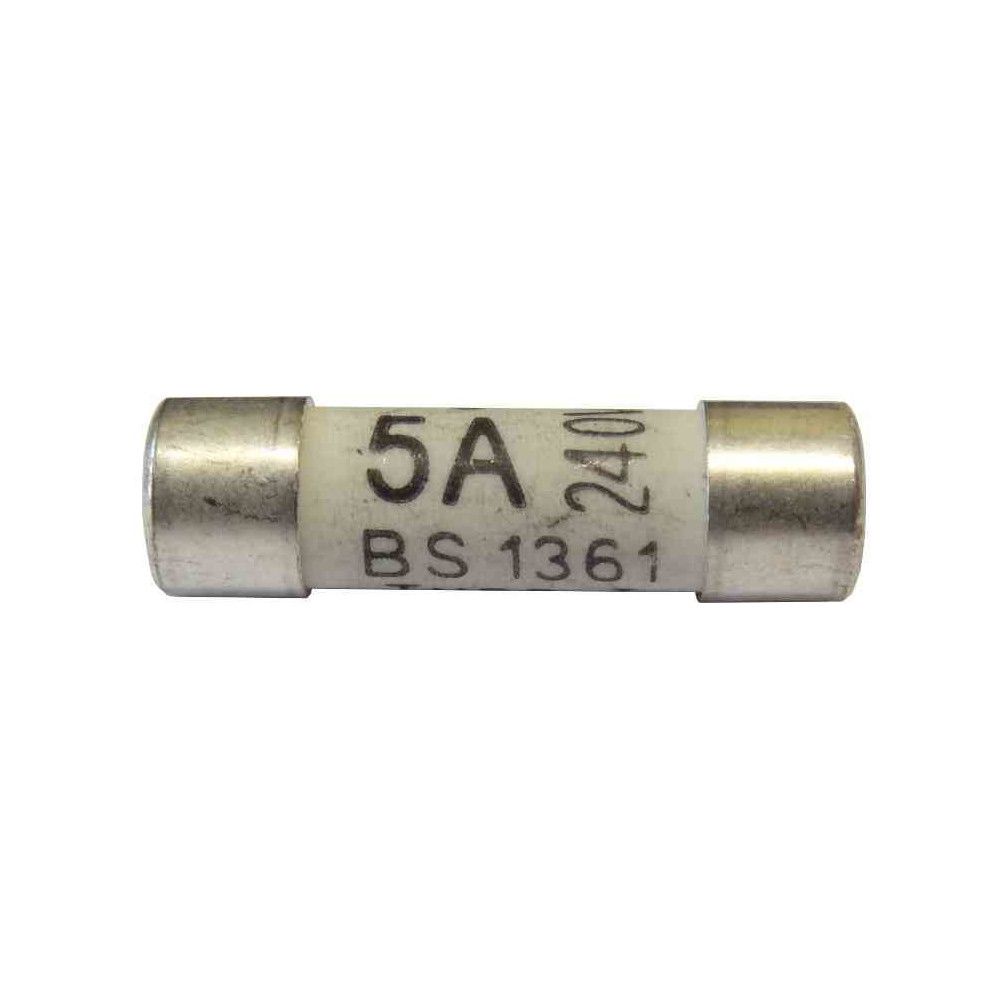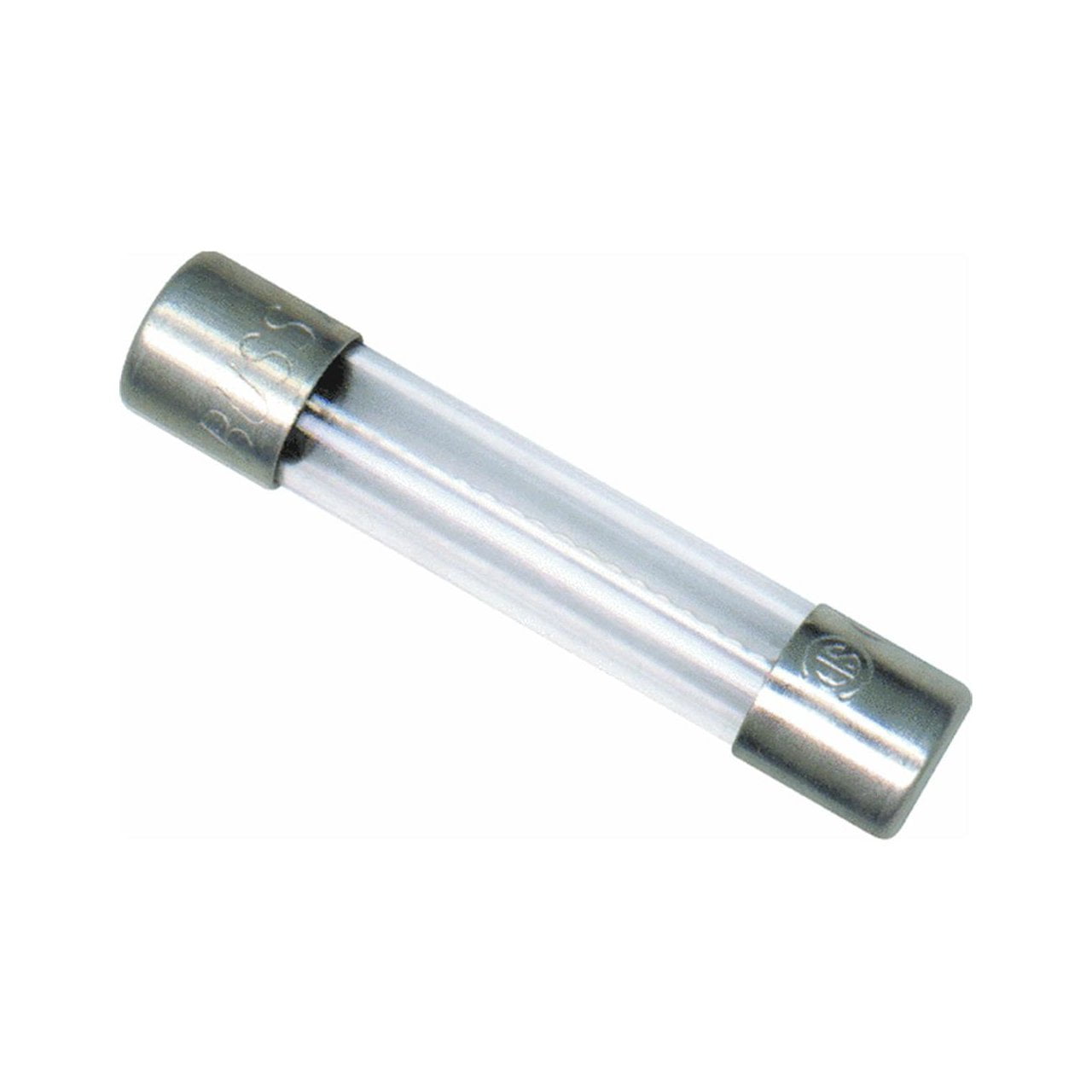

100 amps would mean 2 100 amp fuses, that is 100 amps at 240 volts. It might even add up to 110 amps, it was determined OK with a load calculation. 60 amps for lighting side and 40 or 50 amps for the stove circuit. The cartridge fuses are only protecting the smaller fuses for the lighting circuits (basically the lighting main) When you pull the main fuses out, the stove circuit still has power, it has its own main basically (the other pull out cartridge) Typically the bus is rated for 60 amps which is why it does not hold knife blade fuses. Not always, obviously.Īs said by Wayne and probably others above. But I *do* tend to believe that if a respected major company sells something, it's probably safe. I'm very careful with the ones I do have - they're not dangling where they can get tripped on or squashed or have things fall on them.

FWIW, I don't like using extension cords either. It doesn't heat its own water and draws from the water heater tank, but I can continue to avoid using the washer and the shower at the same time. But if not, I can continue to use the more common 120V/15A washer I have now that plugs directly into the nearby outlet. I thought, maybe, there would be some safe, legal way to use that to power a laundry appliance since it is currently unused. The only thing different about my situation than that of a typical buyer is that instead of a 240V/30A outlet near the dryer, I have a 240V/40A outlet about 10 feet away.
#5 AMP FUSE INSTALL#
I wasn't actually planning to buy this on eBay, but rather directly from Miele or Bosch or their authorized retailers, and if need be have them drive out to my home and install it. But these devices are not devised by random charlatans on EBay, but rather (in this case) built and sold by Miele, a respected and esteemed appliance manufacturer who I assume wouldn't or couldn't sell unsafe merchandise. However, i do feel obliged to mention that eBay has nothing to do with this - I only referenced someone's EBay auction because the manufacturer's own website doesn't list the specifications and the guy selling the same thing on eBay did. Kensnh, really, if you think it's not safe, I won't do it. :^) Here is a link that might be useful: Curiouser and curiouser Now get to work on posting pictures on here. Try to read through the thread found by clicking the link I provided and it might 'click' for you about how the 2 coils are separated from each other, and how they are connected to a COMMON GROUND for routinely shutting down the engine.

I don't understand your use of the term 'emergency'. 3.***' Lastly shutting down in an emergency grounding the coils to each other.'*** RESPONSE. Engine refuses to rotate even when a 6' breaker bar with socket wrench is used on the flywheel nut. You notice a piston connecting rod protruding from a new hole in the engine block. In lieu of following the instructions in the OM to determine if the oil level is sufficient, there are 2 alternate methods (signs) for 'guessing' that the oil level might be low. This means prior to using it and between use cycles if you must stop and refill the fuel tank.

The oil level should be checked each and every time BEFORE THE ENGINE IS USED. The only way to guard against engine failure (due to low oil level) is to check the oil level by following the instructions in the owner's manual. (do not confuse it with other types of 'dipsticks').
#5 AMP FUSE MANUAL#
The only reasonable and reliable indicator of low oil is the manual oil level gauge, also known as the OIL DIPSTICK. 2.***' second is the oil sensing light working indicating low oil'*** RESPONSE.
#5 AMP FUSE FULL#
If the charging system is working, and the ammeter is even wired up correctly.the indicator needle should move to the PLUS side of the gauge face for at least a few minutes AFTER you start the engine (engine must be near full governed RPM for charging). But from the rest of your posts I would have to suspect it might probably not be charging. I don't know because you don't give any description of what that ammeter is doing. Now to try and address the ***' 3 things I want to know.'*** 1.***'first is the battery charging i.e. This thread was opened and finished before you signed up as a member. Let me direct you to a recent thread (click link at bottom of this post) in which the form and function of the Briggs V Twin ignition kill circuits is discussed at great length. The picture gets fuzzier and fuzzier without any pictures to accompany the meandering tale.


 0 kommentar(er)
0 kommentar(er)
